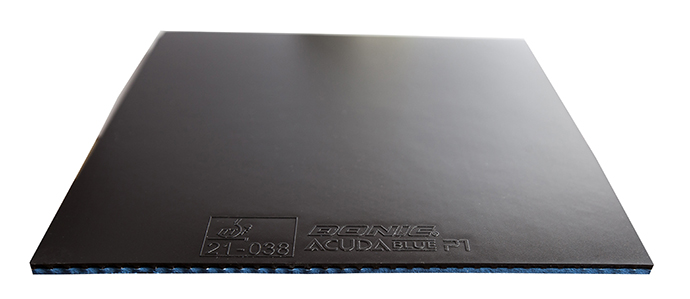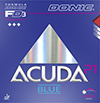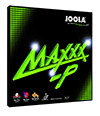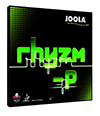Are P-Series (the Plastic Generation) Rubbers Better for the Plastic Ball?
03 September 2015 | Posted in: Table Tennis Equipment, Table Tennis Tips
The introduction of the plastic ball to international competition saw brands researching new methods to enhance the amount of spin and power able to be achieved in their rubbers. The results started flowing into the market and the P-Series was born across multiple brands.

What is the P-Series?
Many brands have adopted the letter 'P' to identify their rubbers as created for the plastic generation. Rubbers such as the new Donic Acuda P1 (and P2 and P3) have special sponge and topsheet alterations to help maximize performance. Likewise Joola modified Maxx and Rhyzm to create Maxxx-P and Rhyzm-P.
What are the Common Features of Plastic Generation Rubbers?
-
Increased Sponge Porousness: This was known originally through Stiga's Airoc series which titled it an oxygen capsulation system. Essentially the sponge is more porous and contains large air pockets within the sponge. This increases the catapult effect and dwell of the sponge, maximizing the spin contact and reactivity of the rubber as a whole.
- Higher Friction Topsheets: More Grip! This was the aim for rubber companies to combat the decreased rotation of the plastic ball. Many of the new rubbers have increased grip or an added level of tackiness designed to hold the ball longer and maximize contact for greater spin.
- Altered Topsheet Characteristics: The latest Acuda P Series have a differentiated pimple structure to maximize control. The inverted pimples are longer and spread further apart according to Donic's description which creates more tension between them and as a result the topsheet has a greater tensor effect.
Are They Effective with the New Plastic Ball?
The short answer? Yes. These new generation rubbers are moving forward the frontier of rubber production and really do generate more spin and speed with the new ball. The Stiga Airoc M was one of the rubbers we tested earlier on with the new ball and it exhibited a great ability to generate a high amount of spin and control, as it was designed to.
Does it Mean We Have to Change to P-Series Rubbers?
No, it is not necessary to make the change. Plenty of rubbers are still capable of playing well even though the ball has changed. In table tennis, however, every small advantage can help and the P-Series rubbers are definitely looking to give an edge over older generation rubbers with the new ball. These are definitely rubbers you should be looking at trying or reading more about as they are the next generation of equipment changes for the sport.



